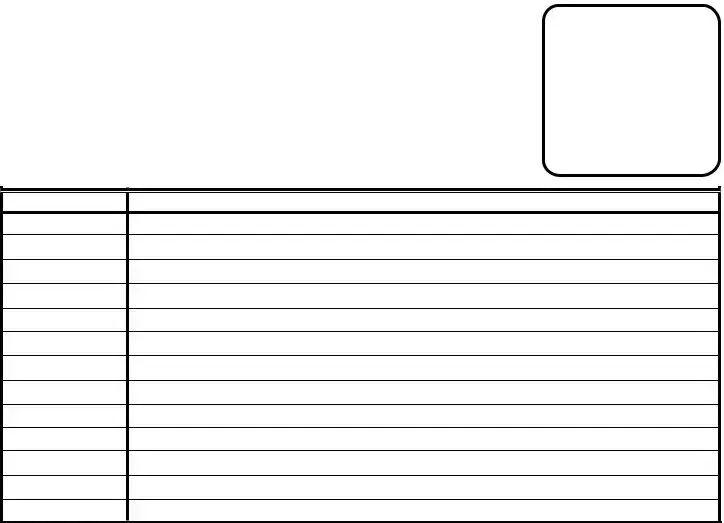What is a Delivery Receipt form?
A Delivery Receipt form is a document used to confirm that goods or products have been delivered to a designated recipient. This form serves as proof of delivery by capturing essential information, including the date of delivery, purchase order number, job number, and a description of the items received.
What information should be included in the Delivery Receipt form?
The Delivery Receipt form should include the following key elements: the date of delivery, purchase order number, job number, the method of delivery (partial or complete), quantity and description of the items, and the signature or printed name of the person who received the delivery.
Who is responsible for filling out the Delivery Receipt form?
The party that delivers the goods typically fills out the Delivery Receipt form. However, once the delivery has been made, the recipient should review the details for accuracy and sign the form to acknowledge receipt, thereby confirming that the information is correct.
What is the purpose of checking 'PARTIAL DELIVERY' or 'COMPLETE DELIVERY'?
This section allows the recipient to indicate whether all ordered items have been delivered or only a portion. In the case of a partial delivery, it is vital to document which items are missing for future reference and potential follow-up with the supplier.
Why is it important to keep a copy of the Delivery Receipt?
Retaining a copy of the Delivery Receipt is essential for record-keeping. It serves not only as proof of delivery but also as a reference document for future inquiries related to the order, including disputes over missing items or discrepancies in quantities delivered.
What should I do if I notice discrepancies on the Delivery Receipt?
If discrepancies are found—such as missing items or incorrect quantities—it is advisable to address them immediately. Contact the supplier to discuss the errors, and document any discussions or resolutions. This helps ensure that any issues are resolved promptly and can assist in preventing similar problems in the future.
Can a Delivery Receipt form be used for all types of deliveries?
While the Delivery Receipt form is often geared toward general goods, it can be adapted for various delivery types, including equipment or services. Just ensure that all relevant details specific to the delivery are captured appropriately on the form to reflect the nature of the items received.
Where can I obtain a Delivery Receipt form?
Delivery Receipt forms are generally available through various online templates, office supply stores, or directly from suppliers who frequently utilize them. Custom versions may also be created specific to a company's needs, ensuring that all required fields are included.

